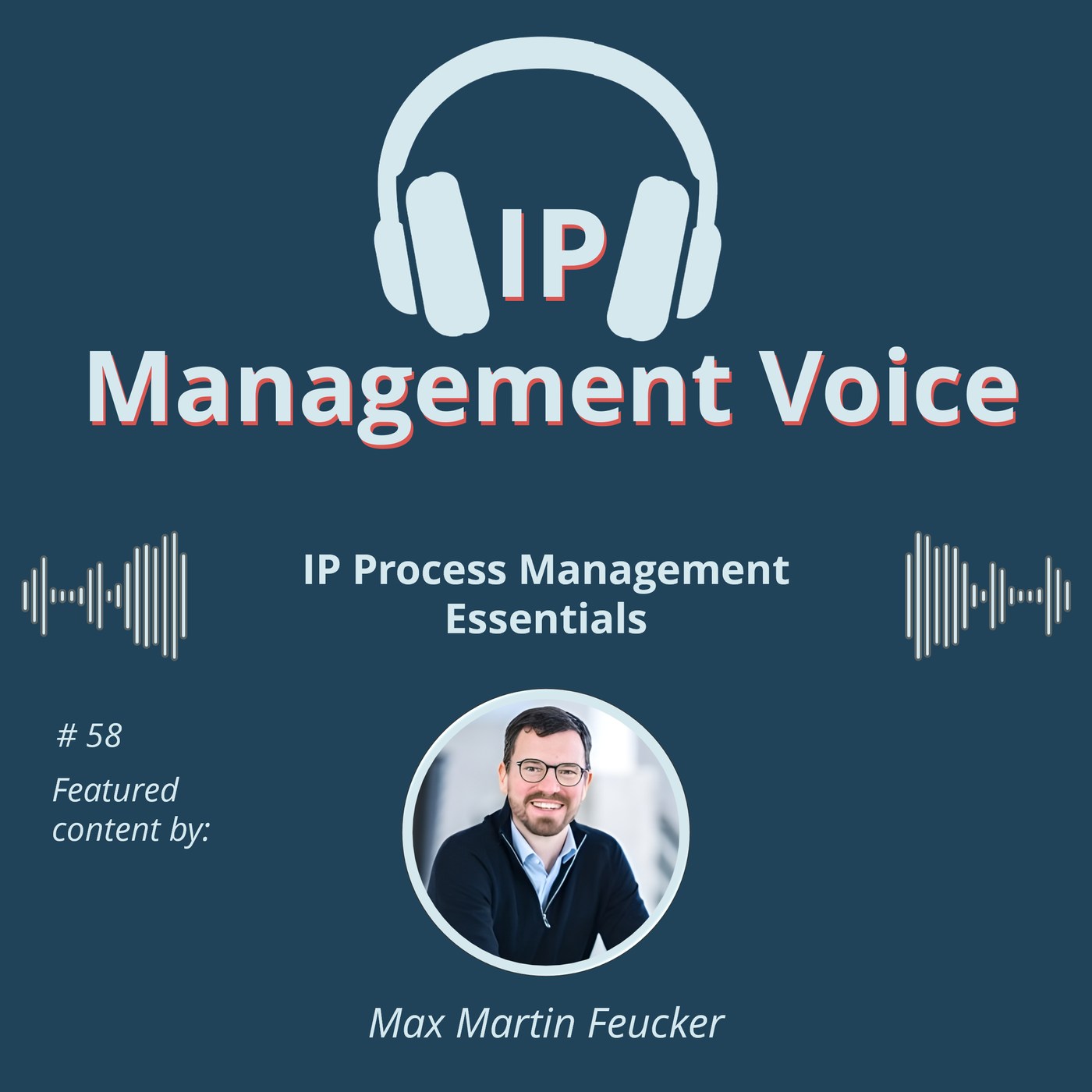
Personal and Expert Branding for IP Experts
The episode provides an extensive white paper on the strategic necessity of personal and expert branding for professionals in the IP field. It explains that traditional methods of gaining recognition are no longer sufficient, emphasising the critical role of digital visibility and a strong online presence for building client trust and market differentiation. The episode outlines core principles for successful branding, including authenticity, focus, and consistency, and details various digital channels and content formats, such as LinkedIn, expert blogs, and webinars. Furthermore, it introduces the IP Subject Matter Expert Model facilitated by the IPBA Connect platform, which offers a structured...








